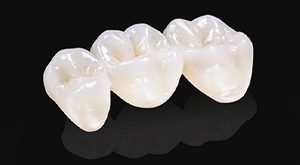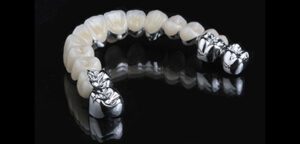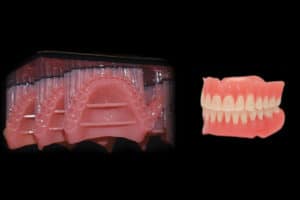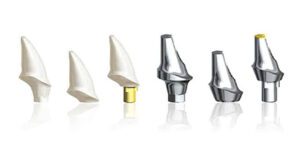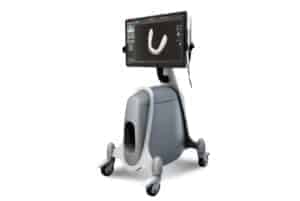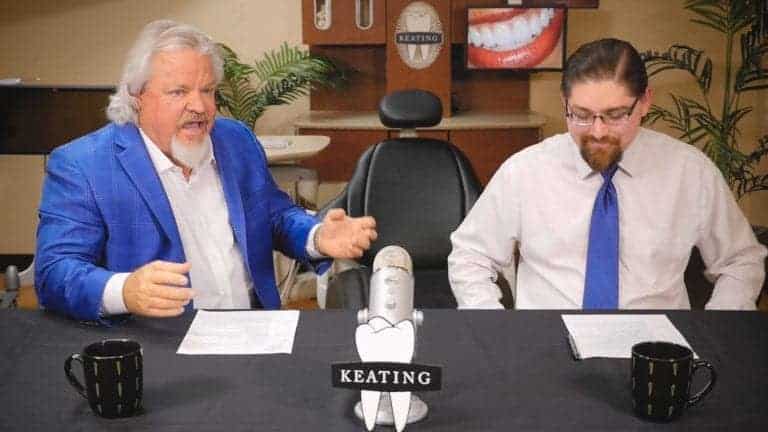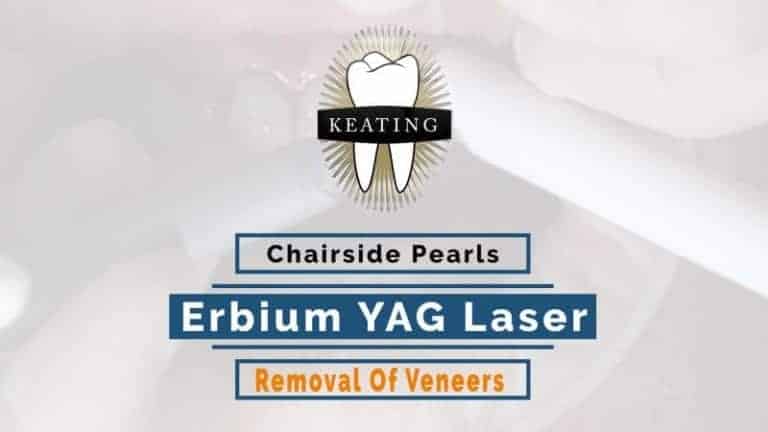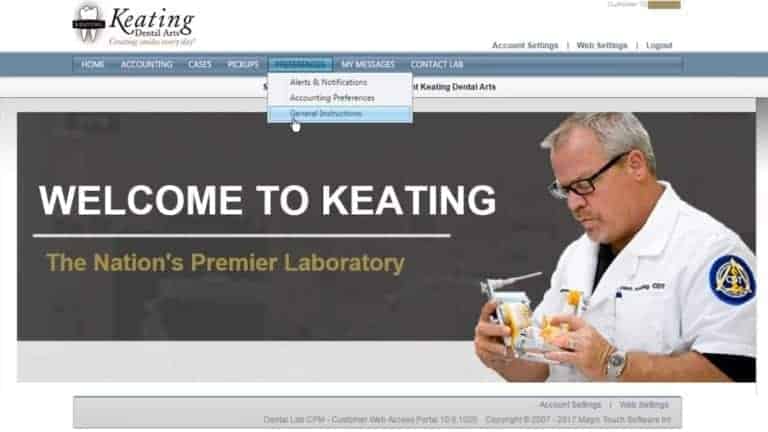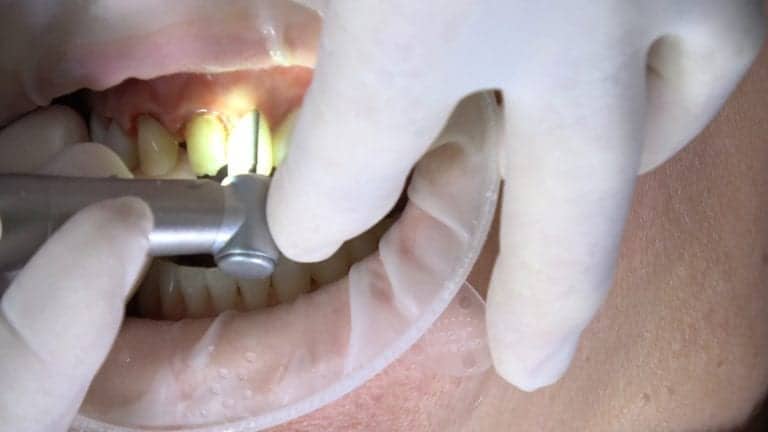This week we have Brandon Fetters, our Senior Technical Advisor at Keating Dental Lab, on our show. He works with our difficult cases and builds relationships with our doctors, and he does a great job. In the episode we discuss tips for the best dental restoration possible, how to get accurate shade taking, and why relationships are key in dentistry.
Today we have Brandon Fetters with us today, who is a Senior Technical Advisor at Keating Dental Lab. This means his days are filled with treatment planning, potential problems with products, and difficult cases. Over the years, we’ve found a number of ways to best create a dental restoration, so we work with dentists to share these tips to create better outcomes.
Practicing Relationship-Based Dentistry
We’re proud of the relationships that we’ve built with dentists, but we also work with new dentists each month. This means we have yet to build a rapport with them, and communication may be a little harder. When we have a relationship with a dentist, we know communication preferences. But with new dentists, we’re still on those first few dates, if you will.
In these instances, Brandon plays a key role in listening with empathy and understanding where the dentist is coming from. The problem could stem from differences lab to lab, which means we need to educate the dentist on our process.
This isn’t to be rude. Rather, it’s a way to better establish a rapport that will continue throughout our dentist-dental lab relationship.
Emphasizing Conflict Resolution as a Dental Lab
We’re here to build the highest quality dental restorations possible, and we don’t close a case until everyone is happy. So regardless of the conflict, we don’t charge for remakes and we’ll work on the case until it’s perfect.
As a dental lab, we exist to create the solution. Brandon refers to this as our target: when we can make the patient happy, our job is done.
Brandon begins each day reviewing the case load and any potential conflicts we may have. By being proactive, we’re able to save time and money, but more important we’re able to minimize frustration for all parties involved.
We work by arrival dates, so that we can ensure all cases are leaving on time and production stays on schedule. Behind every case there is a patient who is in temporaries or uncomfortable with their current dental health. This keeps us moving quickly so we can get these cases back to the dentists and resolving these patients’ concerns.
Organization is Key for Dental Labs
Because there are so many different pieces to a case, especially if it involves implants, organization is critical. Our turnaround is often three to five business days, though sometimes it may go longer. We want to keep this as short as possible, and we don’t want our staff sitting around with a half-finished case because we failed to properly organize our work.
Even when there are issues, we keep the case moving as efficiently as possible. Brandon will work with the dentist to resolve the issue and get any additional information, then the case is headed back to the lab for completion.
Building Long-Term Relationships with Dentists
We pride ourselves in the quality of our dentistry and the relationships we’ve built with dentists across the country. We have many dentists who have been with us since our first feature on Dental Town! We’re humbled at our success, and know that it’s because of our team and our dentists that we’re here.
When maintaining these long term relationships, it’s important to realize a very simple, yet hard to learn lesson: everyone is human, so everyone will make the occasional mistake. We have numerous quality checks throughout the production process, so these will catch nearly every mistake.
When one does get through and goes to the doctor, though, we focus on getting a new one turned around as quickly as possible to resolve the situation.
And if we do make a mistake, we learn from it and move forwards. Shaun talked about one case where we extracted the wrong pontic area and sent the doctor a completely wrong final product. He gave us a call, and it turns out we misinterpreted the lab strip. This hasn’t happened since, because we’ve learned and adjusted.
Working with Difficult Cases
We love a challenge, and we want to work with our doctors to ensure we’re making the best product possible for their patients. When working with a difficult case, we’ll sometimes ask for a bite registration before the dentist begins prepping.
Between that and the study model, we can confirm that we’re at the correct VDO because we’ve indexed the hard palate and the study model has significant maxillary. Precise impressions are crucial for any case, but when we’re working with difficult cases, it becomes imperative.
When we were just beginning our continuing education videos, Shaun did a brief video about why you should be doing this first impression, and the response was incredible. There’s a bit of strategy on taking these impressions depending on where the dental restoration is within the mouth.
Communication is key, so because we share this information we can improve our working relationships with dentists. Tips like the additional bite registration, shade taking before beginning so you aren’t doing it with dehydrated teeth, and getting a second opinion all contribute to a successful case.
Improving Effective Shade Taking
Shade taking is a critical piece of a dental restoration, so it’s important to take the time to get it correct. Because we’ve found that it’s more accurate at the beginning of the process instead of halfway through, we’ve begun asking dentists to switch up their work flow.
When taking the photos, we find that we get better results if it shows the full tooth, even if it doesn’t show the shade. The shade can be written in later, but it’s important to see the full stump.
To help make this process easier, we have a number of tools available to us. Some of these we can also send to you, so that you can have accurate shade taking with every patient. If you’re interested in receiving one of these shade guides, give us a call.
Common Restoration Concerns
As Brandon works with our doctors, he sees a number of concerns. Most of these deal with interocclusal clearance or undercut situations. His advice? For draw concerns, ensure that axial walls have at least a six or seven degree taper.
If the axial walls are parallel and there has been a good prep, then there are fewer chances you’ll need to reach for the cement. Margins are important as well, because every aspect of the impression works together to create a quality finished case.
Most of Brandon’s time is spent discussing case concerns with doctors, which is one of our goals as a dental lab. We want to make this case as simple and accurate as possible for you, so if you have questions, we can talk through it. This could be additional impressions like we discussed earlier, or the best materials for a case.
When we help dentists find the best materials for a case, we don’t focus on the financials. Or rather, we focus on finding the best, most cost effective option for your patient, even if it means we make a little less.
This is a person’s health, as well as their finances, so we want the best option possible. In the case where we do suggest a more expensive option, it’s due to their needs and it’s usually focused on the best flexural strength for the restoration.
We appreciate our entire team, but Brandon Fetters has stepped up and really made our relationships with dentists stronger with his care for each case. Difficult cases don’t need to be stressful, and we’re happy to discuss a case with any of our doctors. We want you and your patients to be happy with their dental restoration, so we’ll do what it takes to create the best possible restoration.
If you’d like to listen to more of our podcasts, you can subscribe to us on iTunes.

